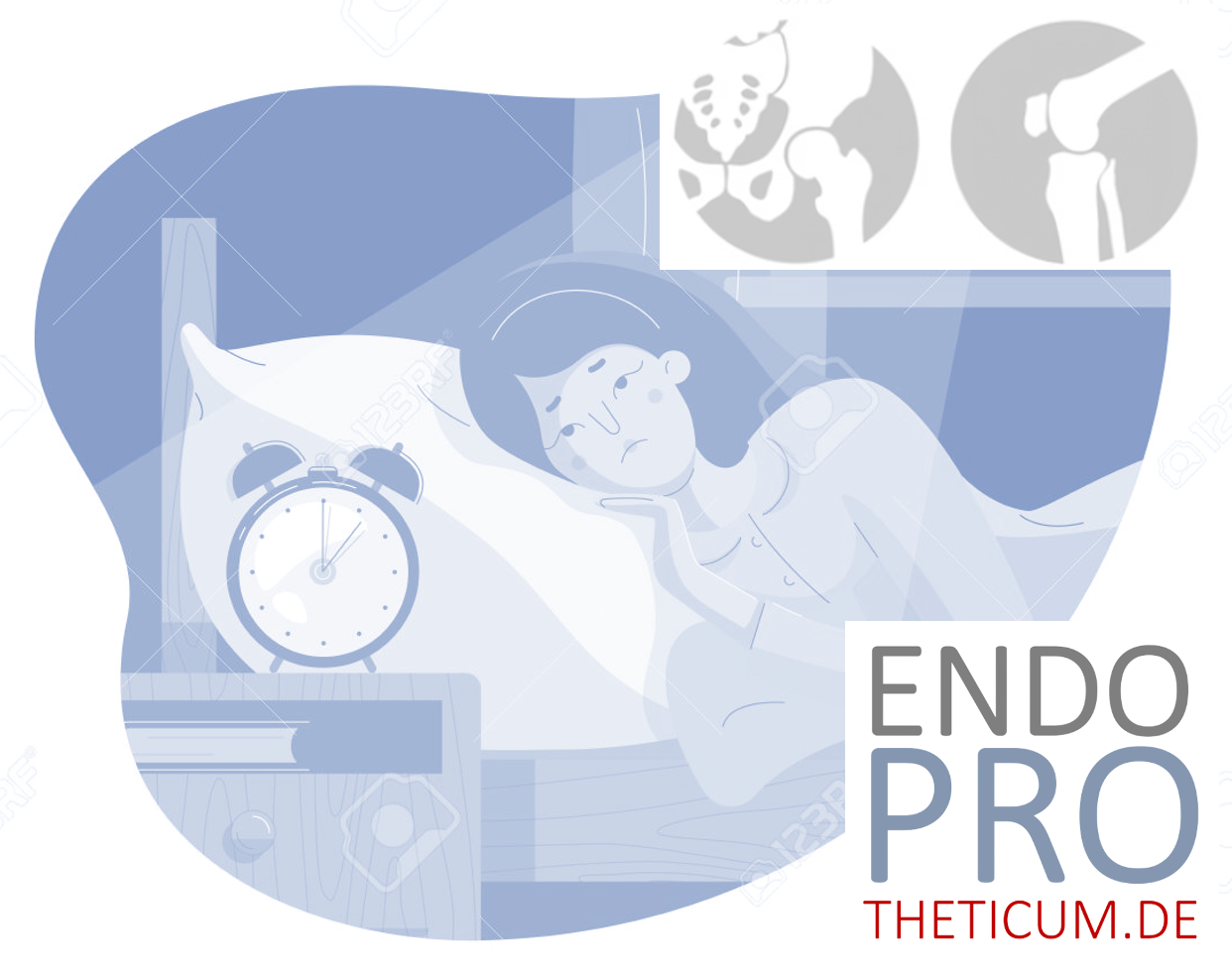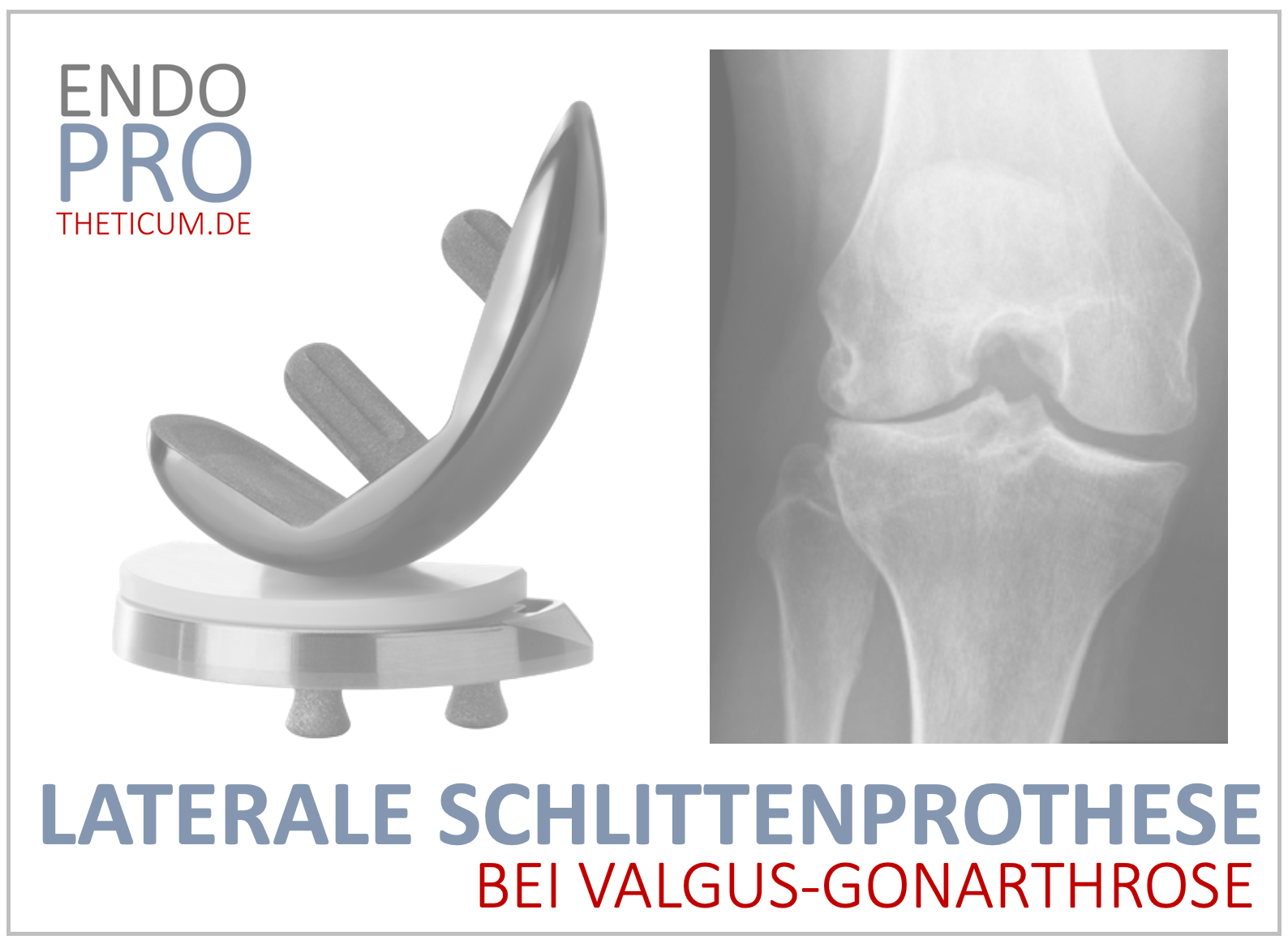Revision of a short-shaft prosthesis - What are the advantages of changing the socket?
Why offer clear advantages during revision (shaft replacement).

In recent years, the short-shaft prosthesis has established itself as an innovative and bone-friendly alternative to conventional standard shafts. However, as with any hip prosthesis, the shaft may need to be replaced over time. The reasons range from mechanical loosening to infections and material wear. This article highlights the specific advantages of the short-stem prosthesis in the context of a revision and how it can help make the procedure less invasive and more successful.
Why is a short-stem prosthesis revised?
1. Mechanical loosening
One of the most common causes of socket replacement is loosening of the prosthesis, which can be caused by inadequate osseointegration or abrasion of material particles.
2. Infections
Postoperative infections, both acute and chronic, may require replacement of the entire prosthetic system. The removal of the shaft plays a central role here.
3. Periprosthetic fractures
Bone fractures in the area of the prosthesis occur primarily in older patients with osteoporotic bone and often require revision.
4. Material wear and osteolysis
Modern materials such as ceramic and highly cross-linked polyethylene minimize the risk of material abrasion, but over many years of use, abrasion particles can also cause osteolysis.
Advantages of the short-stem prosthesis during a revision
1. Bone protection
Short-stem prostheses are designed to preserve as much femoral bone as possible. This is a crucial advantage if a revision is necessary, as more natural bone is available to anchor the new prosthesis.
2. Easy removal
Due to their shorter length and minimally invasive design, short stem prostheses are often easier to remove than standard stems. This reduces the risk of periprosthetic fractures or bone loss during the procedure.
3. Flexibility in reimplantation
After removal of the short-stem prosthesis, several options are available for reimplantation, including a short-stem prosthesis again or, in more severe cases, a standard stem. This versatility is particularly advantageous for complex revisions.
4. Protection of the soft tissues
Since short-shaft prostheses are usually implanted via minimally invasive approaches, the surrounding muscles and soft tissue are less damaged. This also makes revision easier because there are fewer adhesions or tissue damage.
Short-stem prostheses offer some specific advantages if the socket needs to be changed as part of a hip revision. These benefits are due to their unique construction and the way they interact with the surrounding bone:
1. Preservation of the femur bone
The short-stem prosthesis requires less bone removal in the proximal femur when initially used. This bone preservation becomes an advantage in the event of a socket change:
- The replacement is less invasive because there is already more healthy bone.
- There is often enough bone remaining to use a standard prosthesis instead of a more complex revision prosthesis.
2. Simplified options for revision
In contrast to longer shaft prostheses, which often require a revision prosthesis with an extended shaft during revision, the short shaft prosthesis allows a change to a standard prosthesis in many cases. This minimizes:
- The technical effort of the operation.
- The risks of complications such as shaft loosening or fractures of the distal femur.
3. Less trauma and faster rehabilitation
Replacing a short-stem prosthesis is usually less traumatic for the patient:
- The smaller dimension and position of the stem in the proximal femur means fewer surgical challenges.
- Patients benefit from shorter surgery time, less blood loss and potentially faster post-operative recovery.
4. Flexibility in choosing the new prosthesis
Since the short-stem prosthesis is anchored less deeply in the femur, the distal femur usually remains intact. This offers the surgeon more flexibility in choosing the new prosthesis type and often avoids the need for a modular or extra-long revision prosthesis.
5. Minimization of subsequent complications
Long-stem prostheses carry a higher risk of complications such as distal femur fractures, particularly in older patients with osteoporosis. This risk is often eliminated with the short-shaft prosthesis because the replacement remains in the upper area of the thigh.
The procedure for a revision of short-shaft prostheses
1. Preoperative planning
Before the revision, a detailed analysis of the bone and the existing prosthesis is carried out using modern imaging techniques such as X-rays, CT and MRI. This helps create the optimal plan for removal and reimplantation.
2. Removal of the old prosthesis
The removal of the short shaft is usually easier and quicker than with standard shafts. This is due to the lower anchoring depth and the bone-preserving fixation.
3. Implantation of the new prosthesis
Depending on the condition of the bone, a decision is made as to whether a short shaft, a standard shaft or a modular system will be used again. The aim is to achieve the best possible stability and functionality.
4. Postoperative follow-up care
Rehabilitation focuses on restoring mobility and muscle strength. Patients with short-stem prostheses often benefit from faster recovery.
Study situation on the revision of short-stem prostheses
Modern studies show that short-stem prostheses not only cause less bone loss during revisions, but also offer a similarly high success rate as standard stems. Young patients in particular benefit from the bone-sparing strategy, as they may need multiple changes throughout their lives.
Some studies also emphasize that short stems can achieve similar mechanical stability to long stems during revisions, provided the bone status allows this.
Critical consideration: When is the short-shaft prosthesis not suitable?
Despite the many advantages, there are situations in which short-stem prostheses are not ideal for revisions:
- Severe osteolysis: If the bone is severely damaged, a long shaft often offers better stability.
- Periprosthetic fractures: Here a long shaft is required to adequately support the bone.
- Chronic infections: For extensive infections, modular or long stem systems may be a better choice.
Are short-stem prostheses the future of revision?
The short-stem prosthesis offers numerous advantages in the context of socket changes, especially with regard to bone protection and simpler revision procedures. It is particularly suitable for younger, active patients who may require further revisions throughout their lives.
However, their use requires careful preoperative planning and is not suitable in all cases. With further advances in prosthesis technology and more long-term studies, short-stem prostheses could play an even greater role in revision surgery in the future.
Conclusion: Do short-stem prostheses make socket replacement easier?
Short-shaft prostheses offer significant advantages in the context of a socket change, not only through bone preservation, but also through the flexibility in choosing the revision strategy. The ability to frequently use a standard prosthesis and the lower burden on the patient make short-stem prostheses a superior option in modern endoprosthetics.
MAKE AN APPOINTMENT?
You are welcome to make an appointment either by phone or online .



























